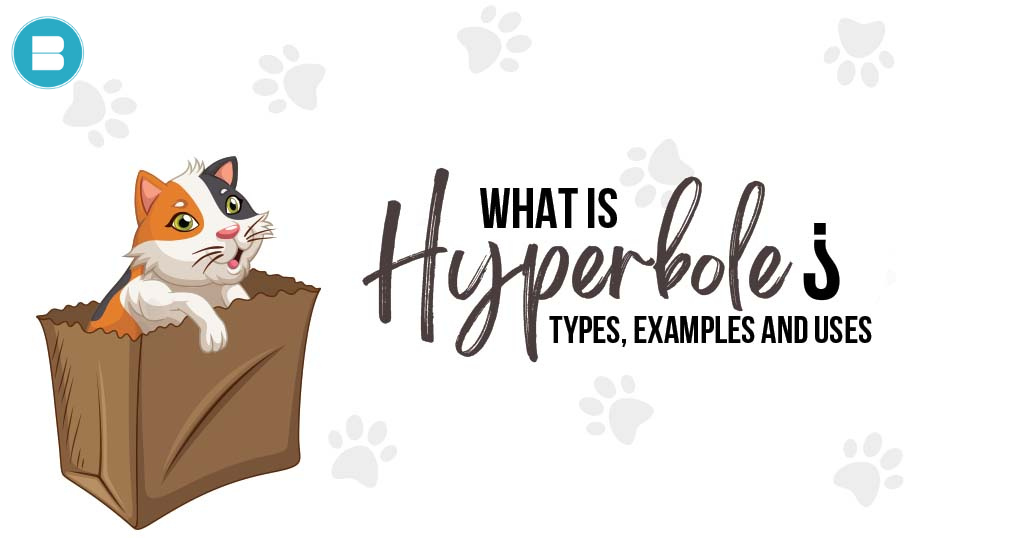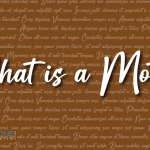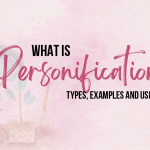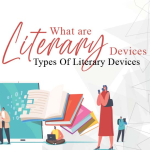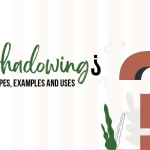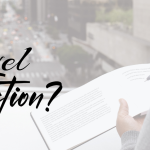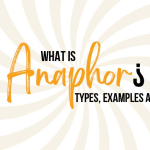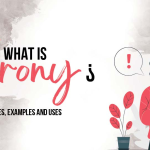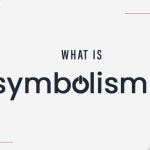Many people have a doubt “What is Hyperbole“? Exaggeration is the name of the game with hyperbole, a literary tool that packs a punch by amplifying language to new heights.
With hyperbole, the words spoken or written are not meant to be taken at face value, but rather to create emphasis and impact.
You may also like: Literary Fiction vs Genre Fiction: Definition & Examples
Whether used to drive home a serious point, inject humor or irony, hyperbole is a powerful device that adds a dynamic flourish to any form of communication.
To be specific, hyperbole is a figure of speech in which exaggeration is used for emphasis or effect. It is not meant to be taken literally. For example –
“You can’t! It’s impossible! I’m far too busy, so ask me now before I again become sane.”
– The Incredibles
In this quote from The Incredibles, The speaker, who is a character from the movie “The Incredibles,” is using exaggeration to express their level of busyness.
They are saying that they are so busy, it is impossible to ask them and that they may not be sane in the future time. This is not meant to be taken literally but is used for emphasis or comedic effect to express their level of busyness.
Now as both Hyperbole and Overstatement are similar figure of speech as they both involve exaggeration; it often gets confusing for the readers and writers to understand and analyse.
You may also like: The Rise of Audiobooks: A Game-Changer for Modern Bookworms
What is the difference between Hyperbole and Overstatement?
Hyperbole is a literary device that is used to exaggerate or overstate something for emphasis or effect. It is often used in literature, poetry, and everyday speech to create emphasis, convey emotion, or add humour.
For example, if someone says “I’m so tired, I could sleep for a week,” they are not actually going to sleep for a week, but they are emphasizing how tired they feel.
On the other hand, overstatement is a similar figure of speech that is also used to exaggerate or overstate something, but it is not necessarily intended to be taken literally. The main purpose of an overstatement is to emphasize or clarify a point, rather than to create a specific effect.
For example, if someone says “This is the best day of my life,” they might not have meant it literally, but they are using exaggeration to emphasize how much they are enjoying that day.
It might not be the best day of their life, but it might be one of the most memorable or enjoyable days they have had.
In short, Hyperbole and overstatement are similar in that they both involve exaggeration, but they are used in different ways. Hyperbole is used to create an effect and overstatement is used to emphasize a point.
You may also read: Top 10 Rhetorical Devices Every Writer Should Know
What is Hyperbole? What are the types of Literary Tool?
There are several types of hyperbole that are commonly used in literature and everyday speech:
- Exaggeration: Exaggeration is a type of hyperbole, where a statement is deliberately overstated for emphasis or effect. Hyperbole is a figure of speech in which exaggeration is used for emphasis or effect. It is not meant to be taken literally.
For example, “I’m so hungry, I could eat a horse” exaggerates the speaker’s hunger to emphasize how hungry they are. - Understatement: This is the opposite of exaggeration, in which a statement is deliberately downplayed for emphasis or effect. Understatement can be used to create irony, and sarcasm, or to downplay the seriousness of a situation. It can also be used to emphasize the greatness of something by diminishing it.
For example, “The sun is just a little warm today” downplays the heat of the sun to emphasize how hot it actually is. - Meiosis: Meiosis is a way to express the idea that something is not as big or as important as it could be, it underplays the significance of something. By making it appear smaller or less significant than it actually is, it creates a contrast between reality and the statement. This contrast can be used for different purposes, like creating a comedic effect, providing an ironic statement, or making a point about the relativity of things.
For example, “It’s just a small problem” describes a problem as being small when in reality it might be quite significant. - Amplification: Amplification is a type of hyperbole in which something is described as being greater or more significant than it actually is. It is the opposite of meiosis, in which something is described as being smaller or less significant than it actually is.
For example, “This is the most important thing in the world” describes something as being more important than it actually is, in order to emphasize its importance. - Litotes: Litotes is a figure of speech in which a negative statement is used to express a positive sentiment. It is often used to create a sense of understated emphasis or to express a thought in a less direct or confrontational way.
For example, “It wasn’t a bad book” meaning that it was actually a good book. - Antithesis: Antithesis is a figure of speech in which contrasting ideas or words are placed in close proximity to one another to create a strong contrast or tension. It often involves a balanced structure, in which two contrasting ideas are presented in parallel form. Antithesis can be used to create a sense of contrast or tension in a sentence or passage or to emphasize a particular point or idea. It is a literary device that is used to create a strong impact.
For example, “He is as strong as an ox but as gentle as a lamb” is an example of antithesis.
You may also read: How to Publish a Book | Publish Your Book | BlueRoseOne
You may also read: 10 Classic Flat Character Examples in Literature and Film
Now to present you something that I have written in a play-like structure to explain hyperbole before I conclude…
Hyperbole, oh Hyperbole, how you add that extra oomph to our words. You take the ordinary and elevate it to the extraordinary, the mundane to the magnificent. With you, we can express our emotions with heightened intensity, our jokes with added hilarity, and our points with added impact.
So, here’s to you, Hyperbole, the literary device that packs a punch and adds that extra something special to our words. May we continue to exaggerate with abandon, knowing that our audience will understand, and appreciate, the added emphasis and impact that you bring.
I hope that you understood how exaggerating these serenading paragraphs were – therefore this is personification, hyperbole, and irony – all in one.
You may also like: Literary Fiction vs Genre Fiction: Definition & Examples
I hope your next book is going to be as famous as Harry Styles!
Publish your book for free with BlueRoseONE and become a bestselling author. Don’t let your dream of becoming an author fade away, grab the opportunity now and publish your book – be it fiction, non fiction, poetry or more.
Happy Reading!

